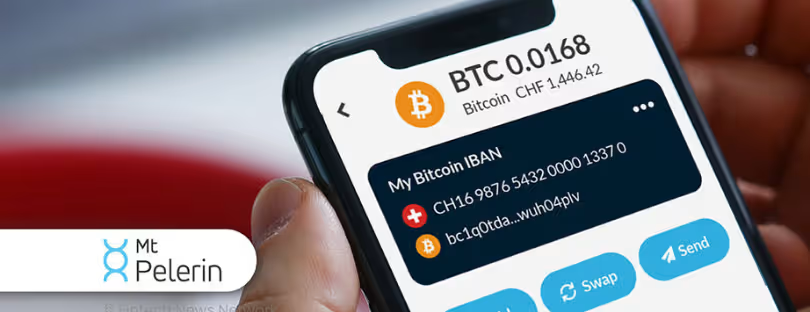
Cashless Transactions: The Future of Financial Payments
In recent years, we have witnessed a silent yet powerful revolution shaping how we conduct financial transactions. The era of cashless payments is not merely a passing trend; it’s a movement that is capturing the world, and the statistics speak for themselves. By 2024, cashless transactions are expected to exceed 1.6 billion, with projections indicating that this number could reach over 2.8 billion by 2028.
Let’s explore this fascinating world of instant payments and how they’re transforming our lives.
The Cashless Payment Revolution
What Are Cashless Payments?
Cashless payments refer to transactions that do not involve the exchange of physical money. This includes methods like:
- Credit and debit cards
- Mobile payments (wallets)
- Peer-to-peer (P2P) transactions
- Contactless payments
These methods have become integral to our daily lives, making transactions faster and more convenient.
Growth of Cashless Transactions
According to the World Payments Report 2025 from Capgemini, in 2023, we already surpassed 1.4 billion cashless transactions. The growth has been phenomenal, and forecasts indicate a 22% increase in the total volume of cashless transactions by 2028. But what’s driving this rapid change?
Factors Driving Change
Adoption of Instant Payments
Instant payments are redefining the financial sector. With this technology, transactions are completed in real-time, enhancing user experience. The advantages include:
- Speed: Money is in your account almost instantly.
- Cost: Generally lower fees than traditional methods.
- Convenience: Available 24/7, with no need to visit a bank.
The Role of Regulation
Stronger regulation is also boosting innovation. With clearer and protective rules, consumers feel safer adopting new payment methods. 77% of industry leaders state that e-commerce growth is responsible for the expansion of cashless transactions. With improved experiences and robust regulations, the adoption of cashless payments is rapidly increasing.
 Challenges We Need to Face
Challenges We Need to Face
Concerns About Fraud
Despite the growth, industry professionals are worried about fraud, which poses a significant obstacle to adopting instant payments. Many institutions are not fully equipped to handle emerging threats:
- Lack of Security Mechanisms: Only 25% of banks can accept instant payments.
- Liquidity Flow Rate: The speed of instant payments concerns financial institutions.
Challenge of Payment Cards
A2A (account-to-account) payments are challenging traditional card payment methods. This new approach offers lower fees and could reduce card transaction volumes by up to 25% in the coming years. This means banks need to rethink their strategies to avoid falling behind.
What to Expect in the Coming Years?
Growth of Wallets
Digital wallets, such as the Wallet Wero, are creating a new wave of adopting payments. These digital solutions are expected to accelerate consumer transitions to more efficient and fast payment methods.
Projections for the Future
By 2027, the number of card transactions in Europe is estimated to decrease by 37% due to the rise of A2A payments. This could pose challenges for banks, particularly concerning revenue.
Asia-Pacific Leading the Way
Globally, the Asia-Pacific region is leading the growth of cashless transactions, with an annual increase of 20% forecasted for 2024. This contrasts with 16% in Europe and only 6% in North America. The causes include:
- Rapid Technology Adoption
- Improved Infrastructure for Digital Payments
User Experience is King
Why Do Consumers Prefer Cashless Payments?
Consumers are increasingly seeking payment experiences that are simple and quick. Cashless solutions are attractive because:
- They Eliminate Stress: No need to count cash or wait for change.
- More Control: People can monitor their spending in real time.
What Will the Future Hold for Us?
As technology advances, we can expect:
- Even faster and more secure payments
- Innovations in digital wallets and cryptocurrencies
- Integration with Artificial Intelligence for fraud prevention
Conclusion: The Future is Cashless
As we move towards a cashless future, it is essential to pay attention to the changes that this brings to our lives. The growth of cashless transactions demonstrates that innovation is here to stay, and we, as consumers, must be ready to seize the opportunities that arise. The transformation in the payments sector not only enhances our financial experience but also redefines the very concept of money.










